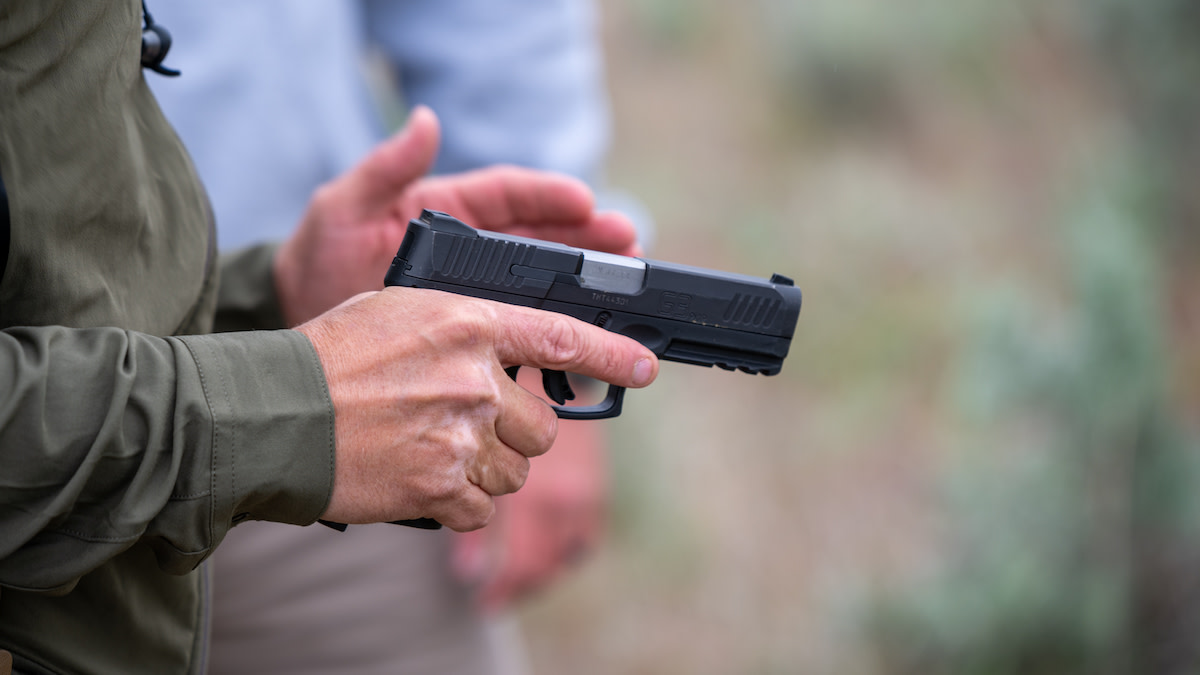Air Canada Mistake Ruined Dream Vacation, Passenger Says
 Some people travel all the time, some people travel yearly, and a few individuals barely travel in any respect. A Virtuoso travel advisor can create a dream trip you will always remember. They’re going to give you ideas you never considered, with their data of prime destinations. And their connections with luxury companions mean they will VIP you and secure you added value during your dream trip. St. George is the perfect metropolis for the outdoor adventurer hoping to cross off a number of nationwide parks in one trip.
Some people travel all the time, some people travel yearly, and a few individuals barely travel in any respect. A Virtuoso travel advisor can create a dream trip you will always remember. They’re going to give you ideas you never considered, with their data of prime destinations. And their connections with luxury companions mean they will VIP you and secure you added value during your dream trip. St. George is the perfect metropolis for the outdoor adventurer hoping to cross off a number of nationwide parks in one trip.
You’ll find information on the most well-liked attractions around the area, restaurant data, customer excursions, upcoming events, and even vacation experiences distinctive to Savannah. Dream Trip Membership presents vacation assurance and safety, which ensures that you just at all times have the opportunity to take a effectively-deserved break while you need it probably the most.
In the event you carefully choose … Read more

 There actually isn’t any denying that touring as of late is much more costly than ever before and the necessity to discover bargains when we vacation or travel on enterprise is extreme. Another app bringing massive data and predictive algorithms to the world of air travel is Hopper, whose key selling level is the usage of a massive database of airline costs and historic traits to foretell when prices to a vacation spot are more likely to be lowest, after they’re prone to change, and the most effective time to purchase a ticket for a particular date and vacation spot. Users can watch flights on specific dates or locations, and the app will advise you whether it’s worth it to buy now or to wait, tell you the dates when it’s likely most cost-effective to fly, estimate changes in price, and notify you of worth drops or rises. Users can …
There actually isn’t any denying that touring as of late is much more costly than ever before and the necessity to discover bargains when we vacation or travel on enterprise is extreme. Another app bringing massive data and predictive algorithms to the world of air travel is Hopper, whose key selling level is the usage of a massive database of airline costs and historic traits to foretell when prices to a vacation spot are more likely to be lowest, after they’re prone to change, and the most effective time to purchase a ticket for a particular date and vacation spot. Users can watch flights on specific dates or locations, and the app will advise you whether it’s worth it to buy now or to wait, tell you the dates when it’s likely most cost-effective to fly, estimate changes in price, and notify you of worth drops or rises. Users can …  Smart vacationers do not sit in a journey brokers workplace to plan their vacations anymore, they go to journey websites to find discount airfare deals and e book their very own low-cost flights. Southwest Airways’ fares have tumbled to beneath $a hundred round-journey, simply in time so that you can ebook travel to your vacation locations. One has entry to this hiking trail by using one of the shuttle providers inside the Yosemite Nationwide Park. Shuttles are provided inside the park to ease congestion and one is encouraged to use these services which run on a timely schedule with the intention to get to completely different areas within the nationwide park.
Smart vacationers do not sit in a journey brokers workplace to plan their vacations anymore, they go to journey websites to find discount airfare deals and e book their very own low-cost flights. Southwest Airways’ fares have tumbled to beneath $a hundred round-journey, simply in time so that you can ebook travel to your vacation locations. One has entry to this hiking trail by using one of the shuttle providers inside the Yosemite Nationwide Park. Shuttles are provided inside the park to ease congestion and one is encouraged to use these services which run on a timely schedule with the intention to get to completely different areas within the nationwide park. Every major mountain range of the world is known for its scenic splendor and the Canadian Rockies are no exception. For uplifting experiences, actual-time updates, the latest trends or casual dialog, discover our social networks for all things travel. My husband Laurence Norah and I have accomplished a number of luxury travel experiences, including African safaris and personal resorts, but probably the most memorable was our train journey on the Venice Simplon Orient Categorical luxury practice We did it quickly after our wedding, so it was a bit like a part of our honeymoon.
Every major mountain range of the world is known for its scenic splendor and the Canadian Rockies are no exception. For uplifting experiences, actual-time updates, the latest trends or casual dialog, discover our social networks for all things travel. My husband Laurence Norah and I have accomplished a number of luxury travel experiences, including African safaris and personal resorts, but probably the most memorable was our train journey on the Venice Simplon Orient Categorical luxury practice We did it quickly after our wedding, so it was a bit like a part of our honeymoon.